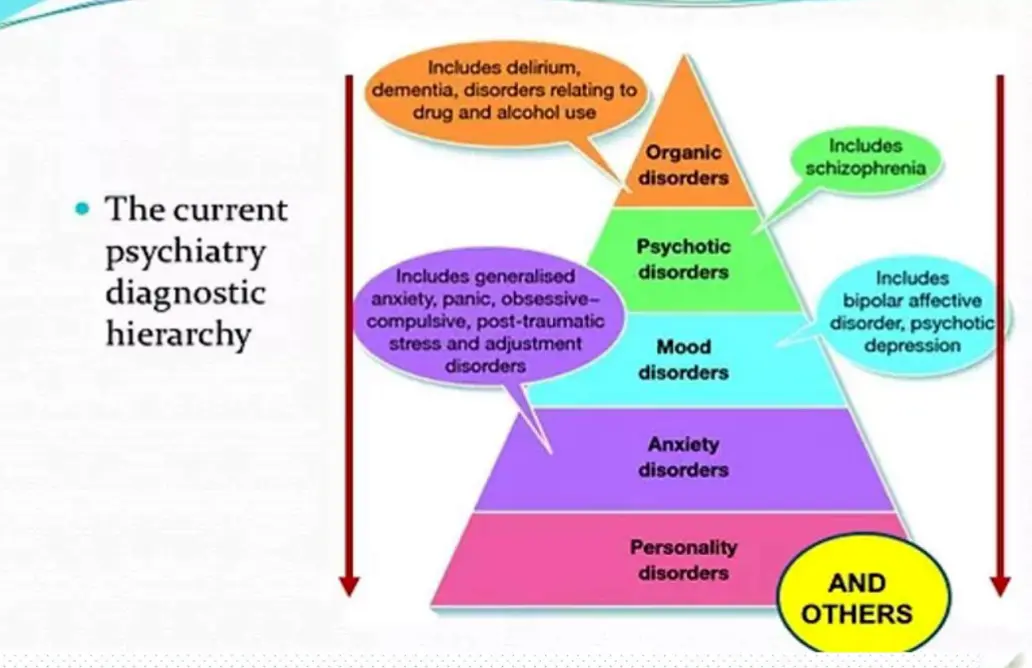Building a Psychiatric Diagnosis
What Is a Provisional Diagnosis?

What Is a Differential Diagnosis?
-
Step 1: Rule Out Malingering and Factitious Disorder
- Malingering Disorder
- When people feel they have something to gain from a particular diagnosis. For example, they may want to avoid certain responsibilities.
- Factitious Disorder
- When people derive psychological benefits from taking the role of a sick person.
- Malingering Disorder
-
Step 2: Rule Out Drug-Related Causes
-
Step 3: Rule Out General Medical Conditions
-
Step 4: Determine the Primary Disorder
- “Other” Indicates that a person has a cluster of symptoms that don’t presently exist as a discrete diagnostic category outlined in the DSM-5.
- “Unspecified” Indicates that a person’s symptoms don’t neatly fit into an existing category. However, with more information, a diagnosis may be possible.
Build a Diagnosis then Formulation
- Records
- Informants
- Complaints
- Present, Past, Personal & Family History
- Mental State Examination
- MSE
Biological
- Lab Blood
- Hormonal
- MRI & PET Imaging
Psychological
- Scales for Disorders
- IQ Test
- Personality inventories
Social
- Work report
- School report
- Family info
- Other Records
How to do a Differential Diagnosis:
- Step. Review the symptoms reported in the Subjective patient interview and the data already collected in the Objective portion of the patient visit (or from medical records).
- Step. Create a list of all possible causes of the symptoms and objective data.
- Step. Prioritize the list based on the most urgently dangerous conditions first.
- Step. Rule out (if possible) the most dangerous conditions first by conducting tests. If not possible to rule out and safe treatment can be given, treat the patient for the most urgent conditions first.
Look for Known Psychiatric Disorder

Making A Formulation
- Understand / Describe
- Positive Findings in:
- Present History
- Personal Info
- Past History
- Positive Findings in:
- Other important data
- (Predisposing-precipitating)
- Findings in Mental Examination
- Positive Investigation
Manage
- Setting
- (Hospitalization/OPD) Duration
- Bio: Medication/E
- Psycho: CBT/Behavior
- Social: Family/work
usually shizophrenia doesnt need mri